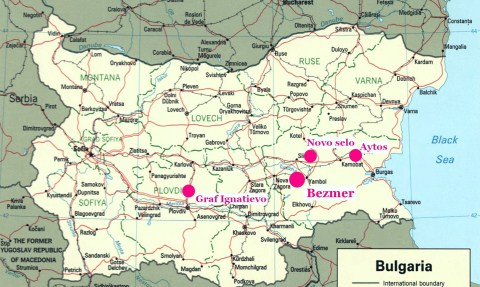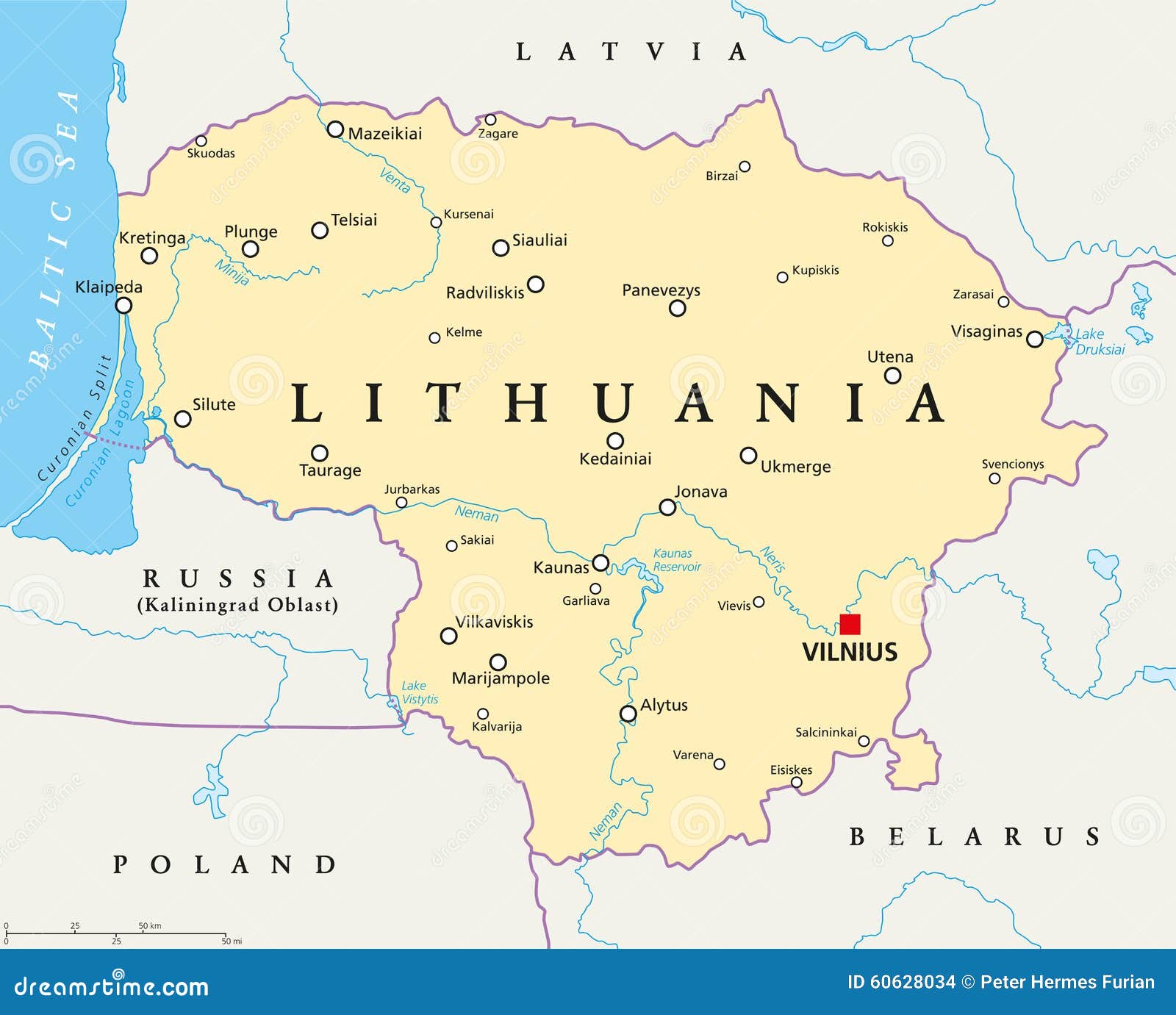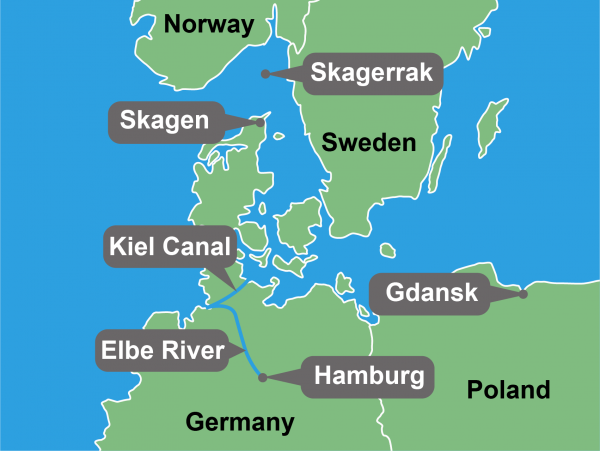Hindustani78
BANNED

- Joined
- Apr 8, 2014
- Messages
- 40,471
- Reaction score
- -47
- Country
- Location

https://www.airforcetimes.com/articles/f-35s-arrive-in-bulgaria
Two Air Force F-35As out of Hill Air Force Base, Utah, and a crew of supporting airmen arrived in Bulgaria Friday during the first European flying training deployment for the Lightning II, according to the Air Force. The aircraft and airmen will remain in the region for several weeks to conduct air training with other Europe-based aircraft.
The fifth-generation stealth tactical fighter aircraft arrived at Graf Ignatievo Air Base, Bulgaria, after stopping at Royal Air Force Lakenheath, England, and also flying in Estonia. The deployment, funded in part by the European Reassurance Initiative, is expected to enhance the region's ability to host future F-35 fighters, according to EUCOM officials.

The aircraft were supported by a single KC-135R Stratotanker, c/s “Nacho 81”, from 459th Air Refueling Wing, Joint Base Andrews, Maryland, that launched from RAF Mildenhall.
Interestingly, the 5th generation aircraft used the very same radio callsigns used by the F-35s involved in the JSF’s first ever visit to Estonia on Tuesday: “Conan 01” flight.
According to the Department of Defense, today’s training deployment has been planned for some time and was conducted in close coordination with Bulgarian allies. “It allows the F-35A the opportunity to engage in familiarization training within the European theater while reassuring allies and partners of U.S. dedication to the enduring peace and stability of the region.”
“The aircraft and Airmen began arriving in Europe on April 15, and are scheduled to remain in Bulgaria for a brief period of time before returning to RAF Lakenheath to continue their training deployment.”
Already deployed to Graf Ignatievo Air Base, to take part in exercise Thracian Eagle 2017 were also 12 F-15C Eagle jets belonging to the 122nd Fighter Squadron of the 159th Fighter Wing, Louisiana Air National Guard that are in the involved in the drills along with the local-based Bulgarian Air Force MiG-29s as well as Su-25s from the Forward Deployment Air Base at Bezmer, L-39s from the Air Training Group at Dolna Mitropoliya Air Base, AS-532 AL, Mi-24 and Mi-17 helicopters from Krumovo Air Base, and air defence units.
Whilst “Nacho 81” could be tracked during its flight (to and back from) Bulgaria, this time the deployment to eastern Europe was not “accompanied” by any evident activity by U.S. or NATO intelligence gathering aircraft. In contrast, as already reported, on Apr. 25, flight tracking websites exposed the presence of a U.S. Air Force RC-135U Combat Sent, an RC-135W Rivet Joint and a RAF Airseeker over or around Estonia.
US Soldiers at the Grafenwoehr, Germany

KC 135 Stratotanker for refuelling F 35 Lighting II near Estonia.

Last edited:





























